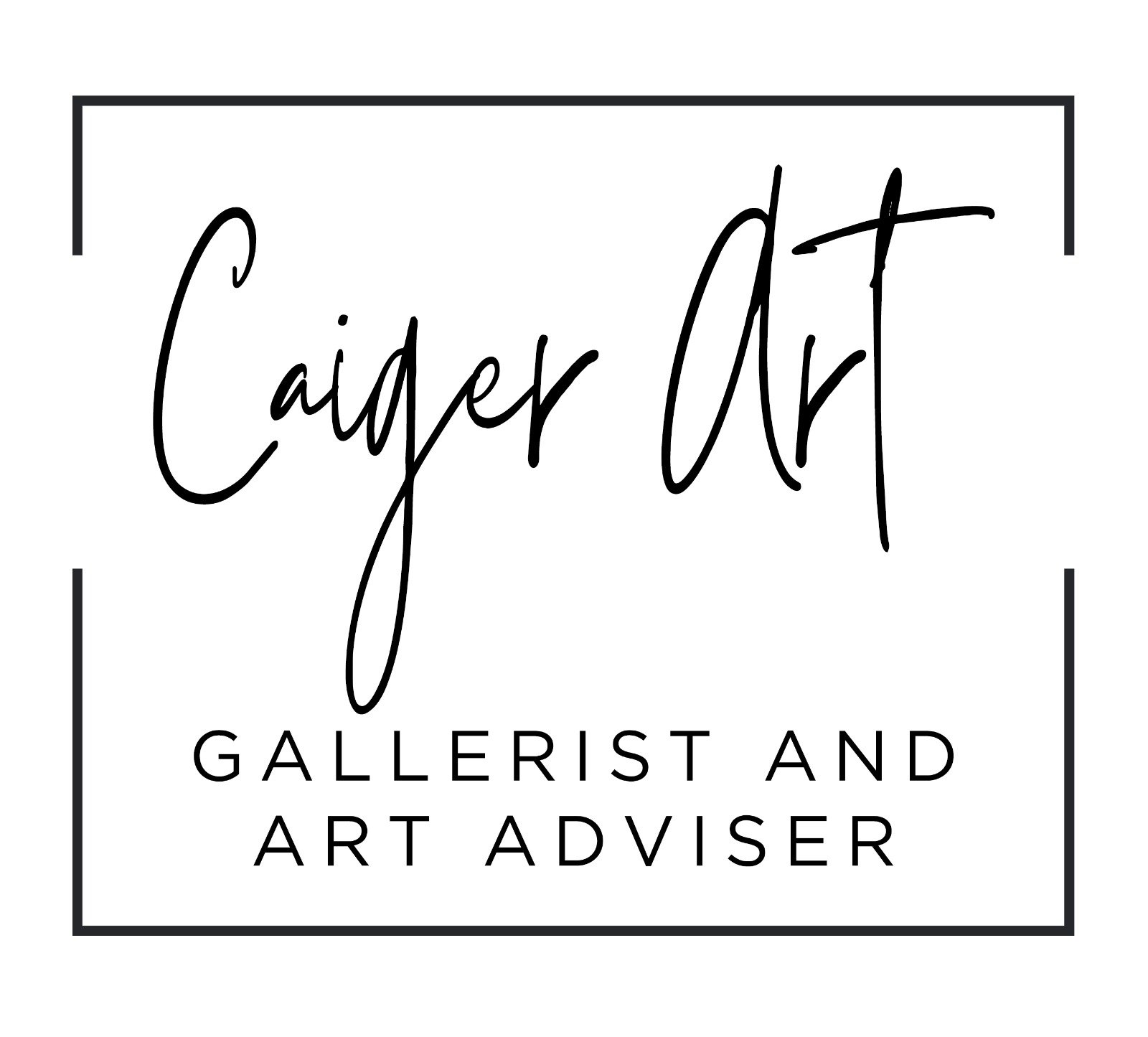All You Will Ever Need To Know About ....Artwork Paper
Chances Are That Unless Your Artwork Is Painted On Canvas, It Will Be On Paper - But What Paper?
When you see that an artwork is 'on paper' do you really know what the different types of paper and terms mean and how they form the base of your artwork? Our quick guide will put you in the know.
What actually is paper? Paper is made from interwoven fibres, the longer the fibre the stronger the paper. In the case of fine art papers these are usually plant fibres
What Do The Different Weights Mean? Different types of paper are made in various weights, measured in gsm (grammes per square metre). Generally, the heavier the paper (higher the gsm in weight) the thicker the paper. Most fine art papers are made in the range of 120gsm to 850gsm. Drawing paper is more commonly 130gsm in weight. Oriental papers, such as mulberry, tend to be a lighter weight
Ottoline II by David Wightman (Digital archival print on Somerset satin 330gsm paper with a deckle edge)
What Does ‘Sizing’ Mean? Usually the paper is ‘sized’, either whilst it is being made or before the artist creates the art work. The function of size is to improve the strength of paper, toughen the surface and makes the paper more durable. It is a glue-like sealant which can be synthetic, made from starch (cellulose) or gelatine. Our artist Rod Mcintosh, who is very particular about his products, makes his own size from rice starch!
What Are The Different Papers?
Cartridge paper is made from wood pulp and provides a good surface to draw on. If you are into unusual facts then here is one for you; cartridge paper is so named because it was originally used to pack cartridge shells! Heavier weight cartridge papers like the Snowdon Cartridge 300gsm can cope with stronger mark-making when drawing and light washes of paint or ink.
Falling For You by Louise McNaught (Giclee print on Somerset Velvet 330gsm Paper)
Archival Grade Paper (Saunders Waterford, Somerset, Arches and Fabriano) is made from 100% cotton which gives a strong, acid free material which lasts longest, and is the most resistant to discolouration and deterioration. The interweaving of the fibres gives paper its inherent strength which is improved by the use of ‘size’, which allows it to work well with water based media.
Japanese Mulberry Paper has a subtle beauty all of its own; generally very light weight it is made with long fibres and has great strength. Again, our artist Rod McIntosh uses this paper for his artwork and, once the ink has absorbed into the paper, he hangs it up to dry before mounting it on Fabriano cartridge paper. In Japan the making of paper is really an art form, often an artisan skill passed on from generation to generation in villages.
Artwork by Rod McIntosh on Japanese Mulberry Paper Hanging Out To Dry
Watercolour Paper 100% cotton watercolour paper has inherent strength from the interweaving of the long fibres and is very absorbent.
Hahnemühle Paper Is one of the best papers to use for prints. It is extremely resistant to ageing and with high quality UV resistant inks, the permanence can last for more than 100 years.
The Dentist by Fei Alexeli (Giclee print on Hahnemühle paper
What Does ‘Acid Free’ Mean? ‘Acid free’ indicates that the paper is made without rosin and alum sizing which would make the paper acidic. This means that it will last longer and not discolour.
What Is ‘Deckle Edged’ Paper? Deckle edge paper, is the thin, imperfect edges that result from traditional paper making techniques. During the paper making process, a deckle – or wood fence – is placed in the mould to keep the paper slurry within bounds and control the final size of the resulting paper sheet. During the paper making process, some of the paper slurry passes under the deckle and forms an irregular, thin feathered edge. Our artist David Wightman uses paper with a deckle edge and then float mounts the artwork to highlight the deckle edge perfectly.
Rosy Breasted Bee Eater by Fran Gifford (Watercolour, ink, gouache, pencil, paper from a moleskin diary)
We hope this has helped you for when you are next looking at an artwork on paper. Just check out the information on the paper or ask what paper is used!






